After the summer holidays, I’m back all refreshed and ready to share new ideas and experiences with you, to help and inspire you so that you can design your dream spaces.
Decoration requires imagination, inspiration and a willingness to experiment.
There are no golden rules to be followed to the letter.
There are, however, certain general principles that can guarantee a nice outcome.
Read this article with seven power-hints for interior design and decoration. I’m sure you’ll be able to find many answers to concerns you had about the things that bother you in your home and how to improve them!
main image credit
Harmony and unity
When doing your interior decoration, it’s necessary to consider your house as a whole.
The house acts as a complete whole, made up of spaces connected with corridors and stairs.
As a result, it’s better to follow a common style and theme.
Of course, this doesn’t mean that all your interior design elements have to be the same – it would be preferable, though, if they were to combine well and complement each other.
An easy way for you to accomplish the continuity desired is the proper use of colour.
For instance, you can choose three or four colours and use them in various shades, patterns and textures in all spaces. In this way, you will be able to enhance this image of unity.

Another idea is to group similar decoration items, though each of them should have a different element so that the end result won’t be boring.
In addition, it’s also possible for you to repeat these elements in all your spaces, changing only a few details.
By doing so, you’ll reinforce the image of harmony in the house.
Focal point
A room’s focal point is its most impressive characteristic.
It’s the point that naturally attracts your sight whenever you enter the room.
The other elements around it only serve to intensify and complement its beauty.
Many spaces in the home already possess such focal points thanks to their location or style: a large window with a view or an impressive fireplace, for instance, draw everybody’s eyes on them.
What happens, though, if there is no such focal point?
Then, in order to make your decoration easier, you must create one yourselves and make it as impressive as you wish.
For instance, paint a wall in a different colour and mount works of art or shelves.
Decide for which purpose you would like to use the room you are decorating - next, create a focal point using its main object as a theme.
For example, if you wish to use a room for reading, you can create an impressive home library which will also serve as your focal point.
Moreover, a large piece of furniture with a character, a sizeable work of art or a big mirror could very well play the role of the focal point.

Once you have found your focal point, surround and decorate it with the rest of the items.
Use its main colour in various elements all around the room.
In the following example, the focal point -the fireplace- is white.
The grey sofa creates a contrast and helps it stand out.
The white table with the white vases and the white orchids complements the fireplace.

Scale and proportion
When choosing furniture for our house, we should keep in mind the precise dimensions and the shape of our spaces; in this way, these items can create a harmony in combination, they can be given the proper prominence and highlight the room.
The principles of scale and proportion enable the objects used in a space to look like they belong together.
For instance, it’s not advisable to select a huge sofa for a small sitting-room, nor low furniture in a room with a high roof.
Balance
The visual harmony of the objects in a room is called balance.
In order to have a well-balanced room, we must pay special attention to the arrangement of these objects according to their visual weight.
The elements of form, texture, line and colour of an object, all define its visual weight.
The elements of form, texture, line and colour of an object, all define its visual weight.
For example, a metal chair does not have the same visual weight as a carved wooden chair, even if these two objects are of the same dimensions.
This means that the equal distribution of the elements in a space is an essential condition in order for the end result to be successful.

Contrast
Contrast is a primary design and composition principle in decoration.
Contrasts can be created using different colours, textures, materials, but also, quite often, using various patterns too.
Do you feel that your house lacks intensity and looks boring?
Try combining a round mirror over a strict, rectangular piece of furniture or next to a linear sofa.
The contrast will add great visual interest and intensity to your space.
In addition, it’s possible to use cushions or two opposing colour prints, such as black and white, to create a contrast and make the object more conspicuous.

The opposing materials and the unconventional combinations such as pieces of art over a sink, or a luxury kitchen hood in a simple linear kitchen, offer a unique visual and aesthetic satisfaction.
The magic of contrast lies in the very emphasis it offers objects.
Light
Light is one of the prominent elements in interior design.
Be it natural or artificial, without it, no other element can stand out in decoration, including colours, textures and patterns.
Proper lighting defines the room atmosphere and mood, while accentuating object lines and shapes.
Start with the general lighting in all spaces and, afterwards, think about how you can use various types of lighting to add dimension to the room.
Various types of lighting include workspace lighting and emphatic lighting.
Workspace lighting intends to shed light on the spot where we do some kind of work, such as, for instance, the lights under the kitchen cabinets or over a kitchen island.
Emphatic lighting, on the other hand, aims to highlight and accentuate elements of extraordinary design in your space or a work of art.

Details
All details, great or small, make a difference!
Every detail counts and adds its own characteristic feature to the overall design.
Such a detail is the proper height to hang a picture on the wall, the proper height to place the curtains and the distance they leave on both sides of the window.
Another detail is the distance between the coffee table and the sofa, the distance of the television set and proper carpet placement.


An important detail is also to seek out spaces that look perfect, even if they are empty.
Practice removing objects where they are redundant.
Is there a narrow wall with a small work of art which, if removed, will still leave the wall looking great?
A library packed with objects: they might be a perfect match for that spot, bur do they all have to be placed there?
It’s tempting to fill all our spaces with a certain theme; however, our house needs “white spots” – either because these can rise to prominence by themselves or because they may be serving a purpose, such as highlighting a decorated area right next to them.


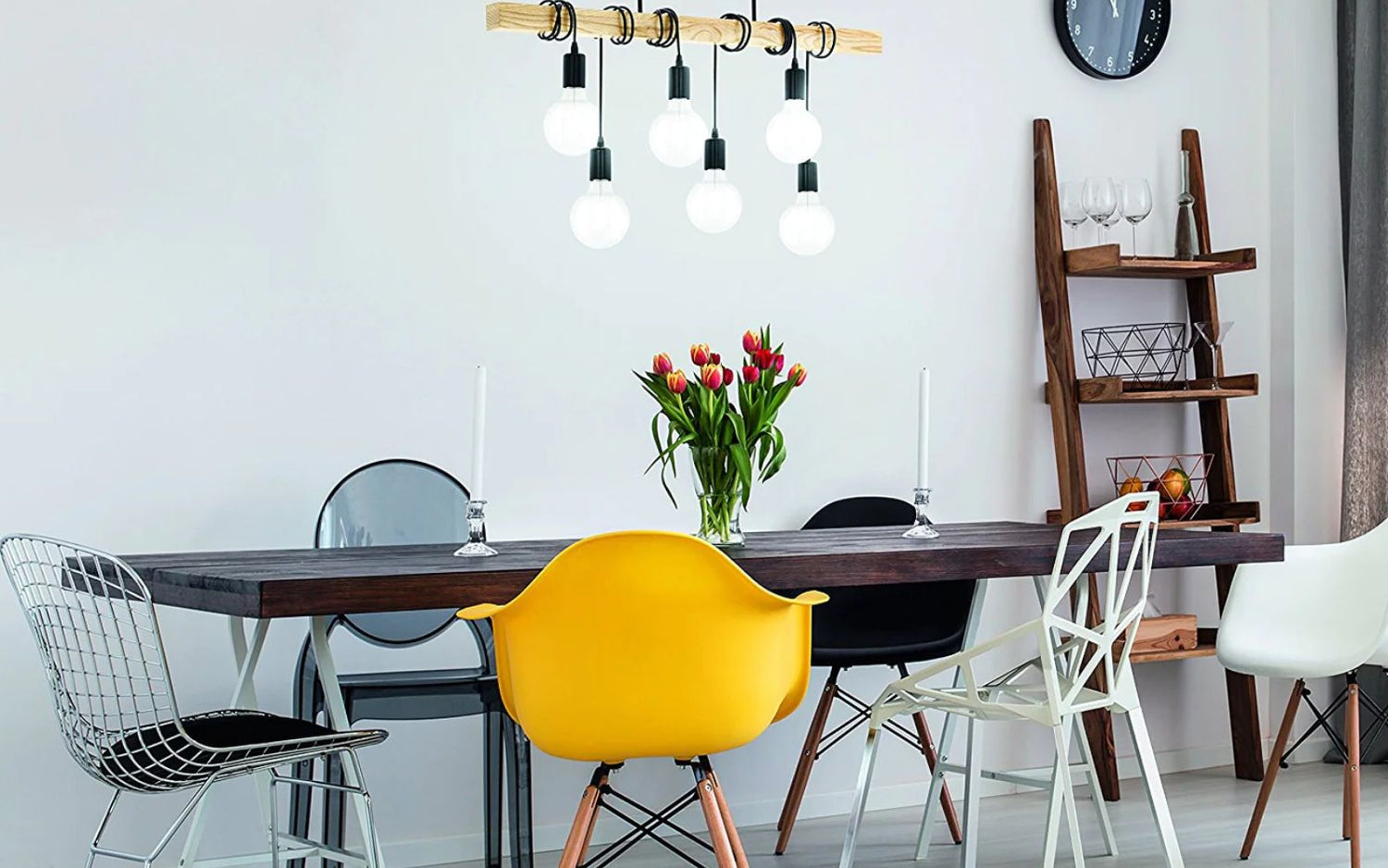





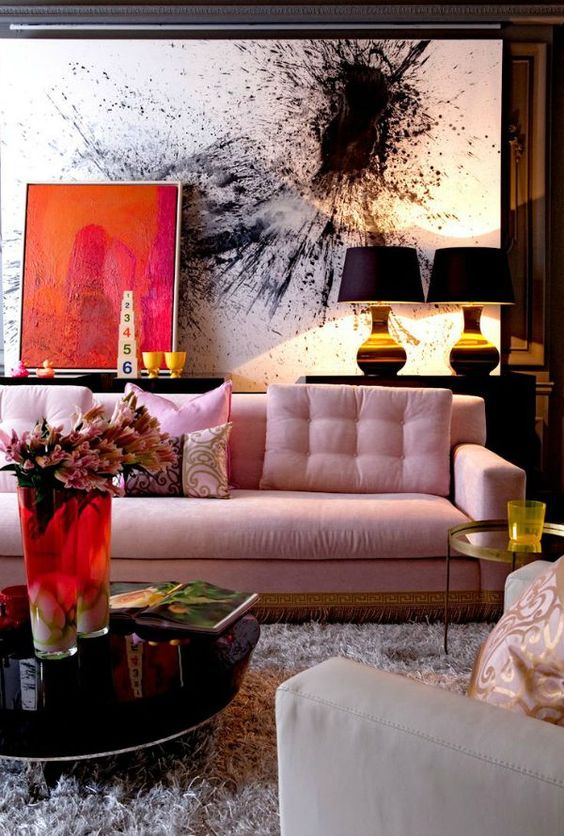





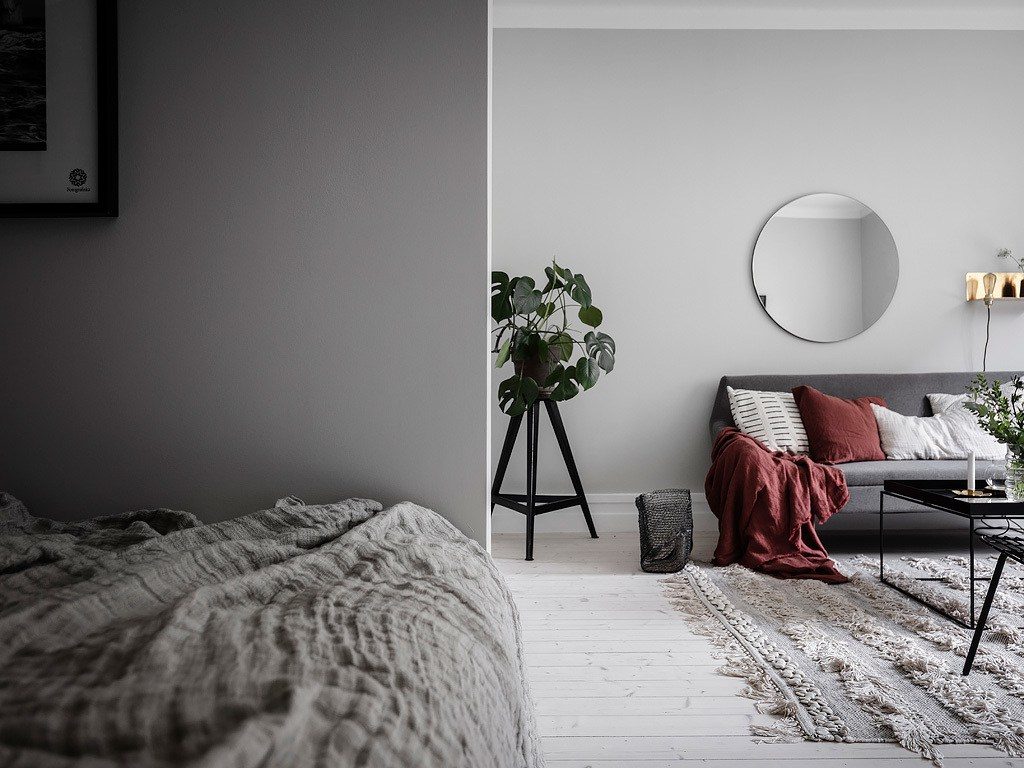














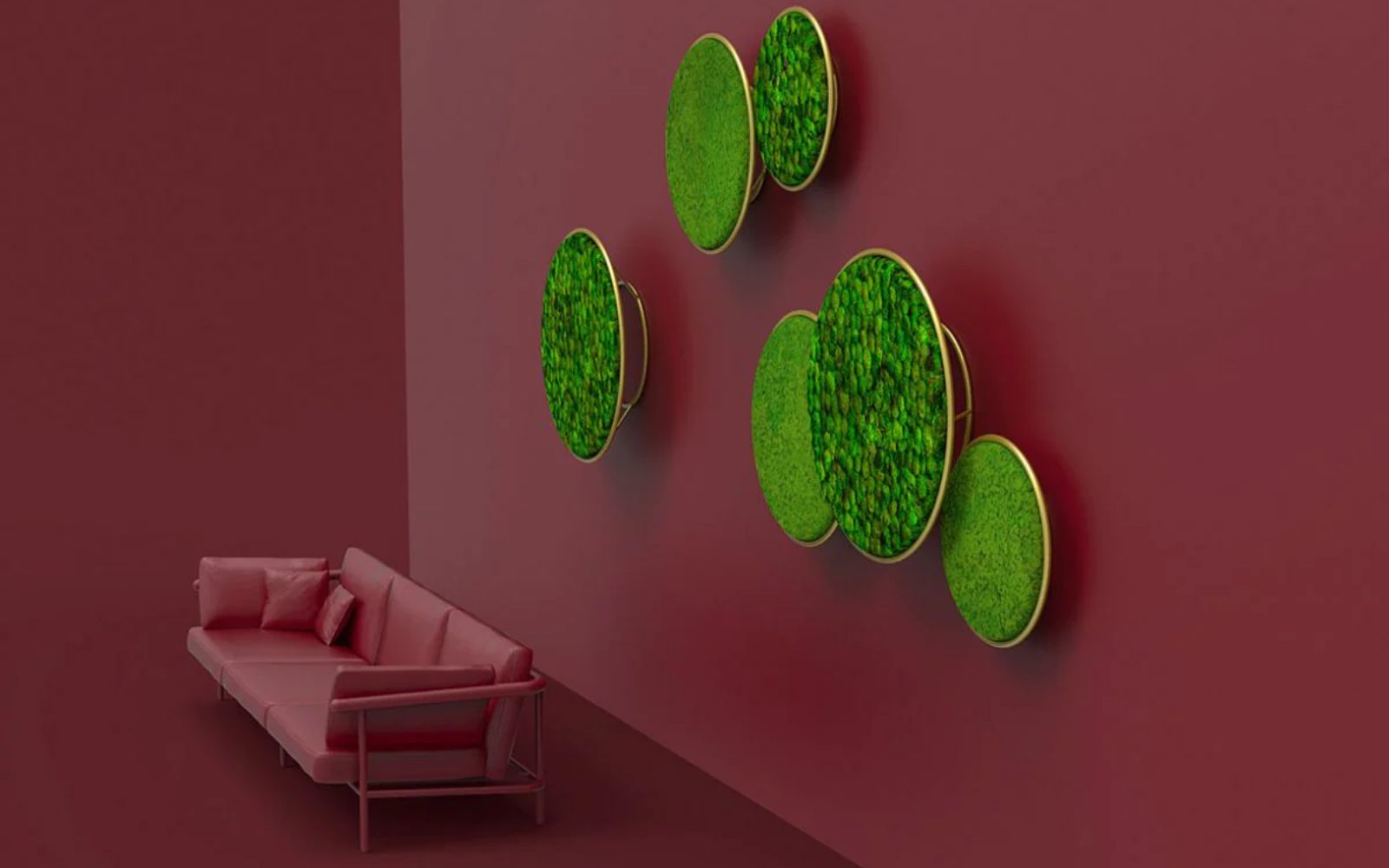
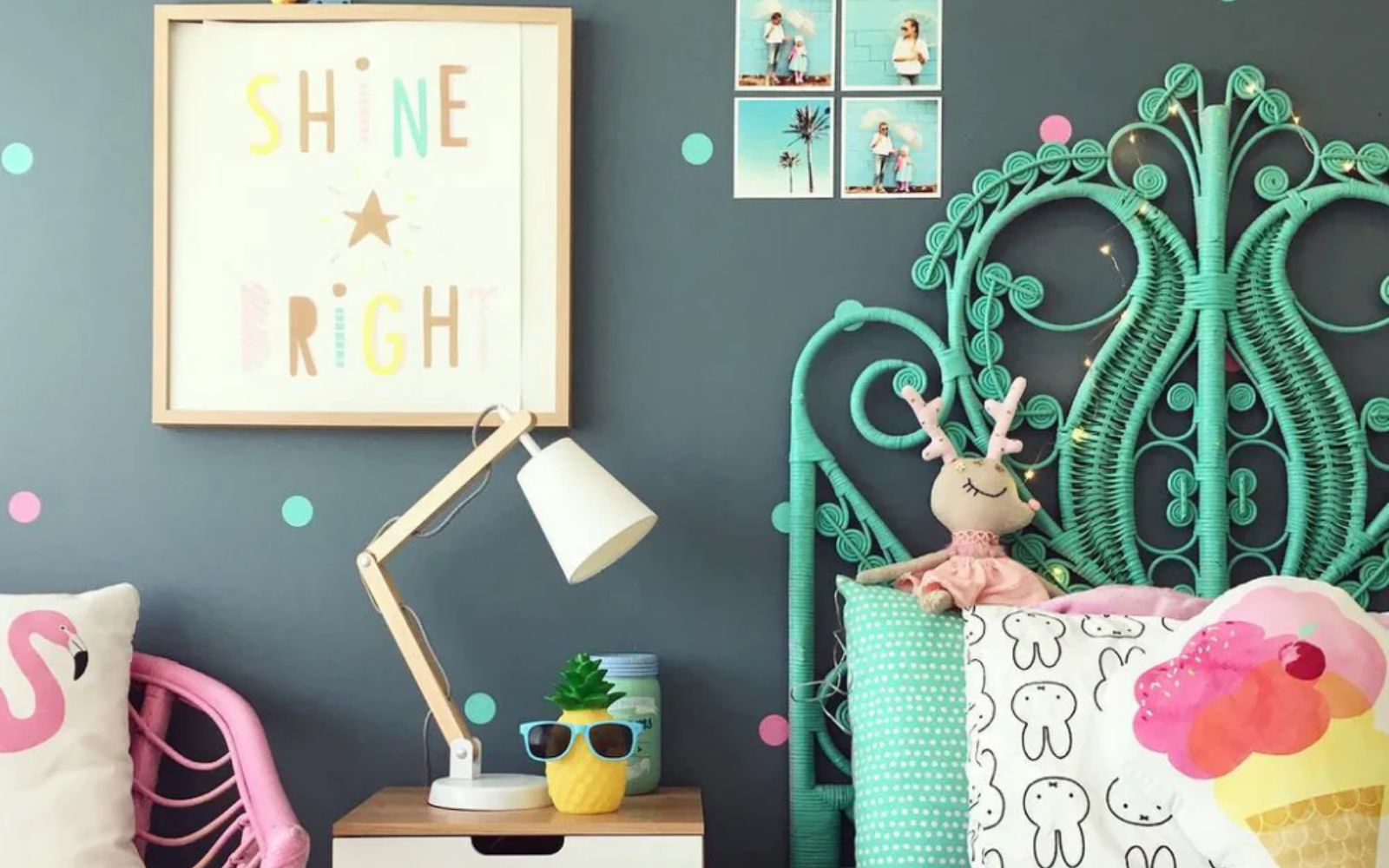




Leave a comment
All comments are moderated before being published.
This site is protected by reCAPTCHA and the Google Privacy Policy and Terms of Service apply.